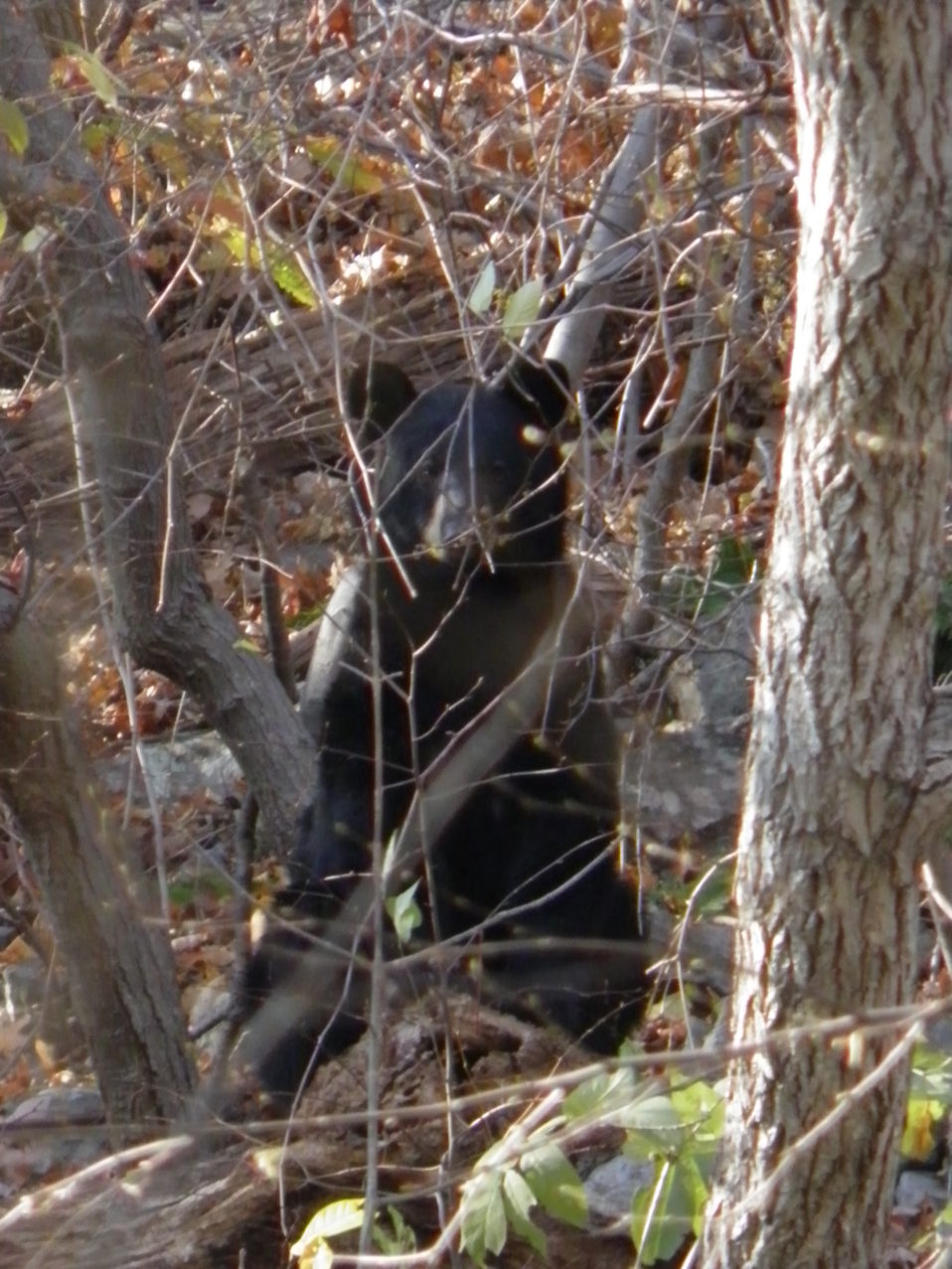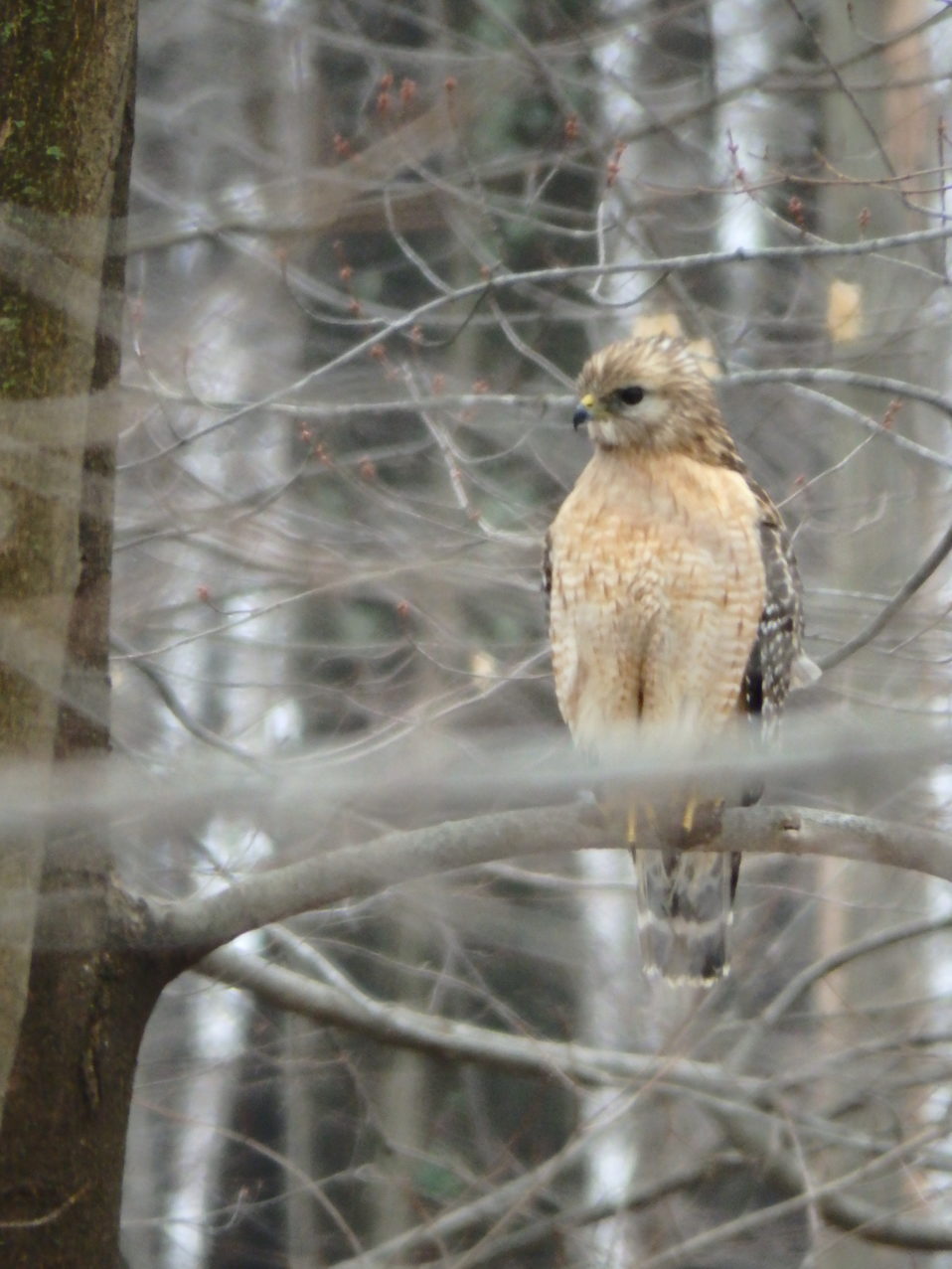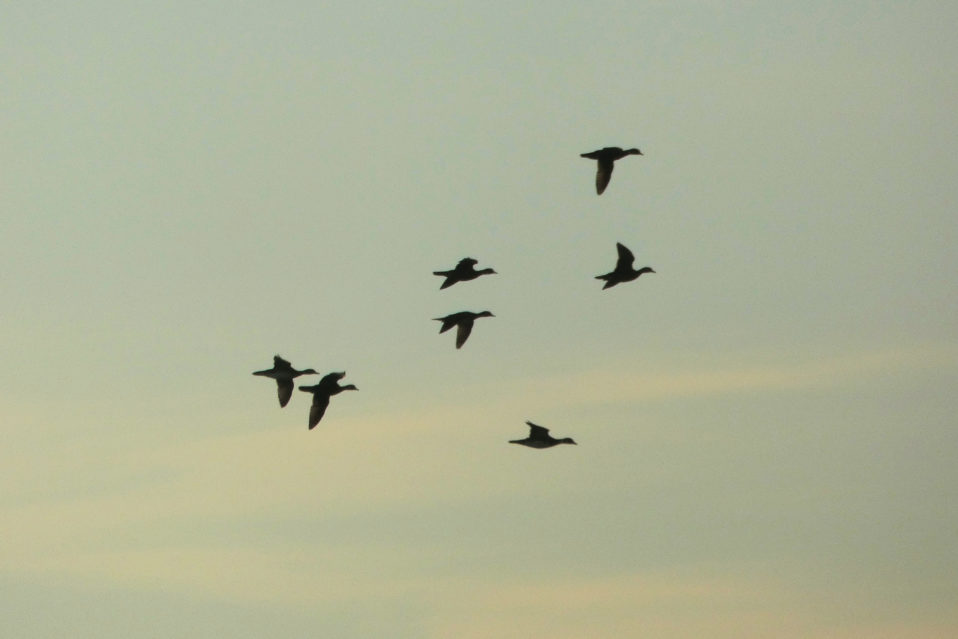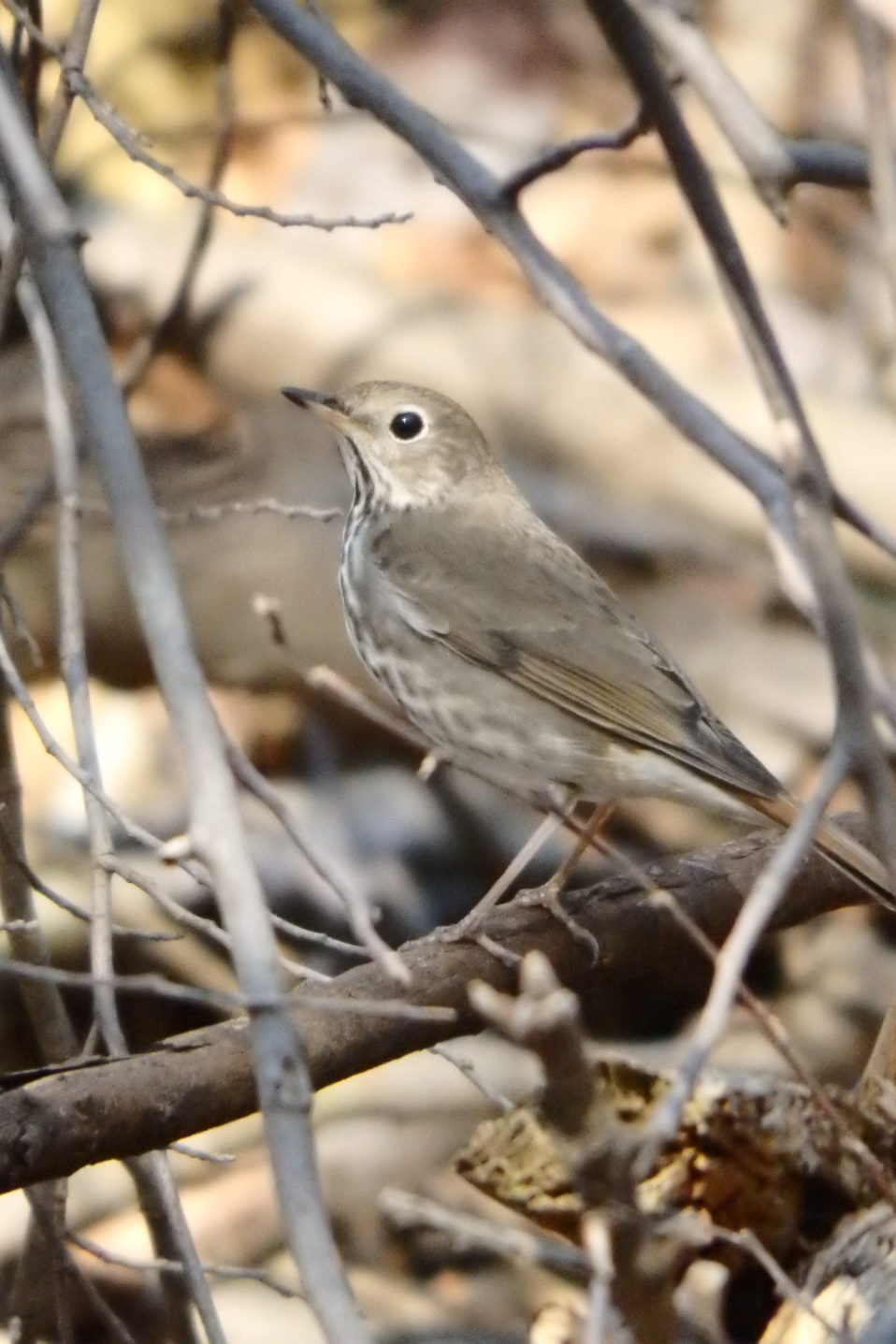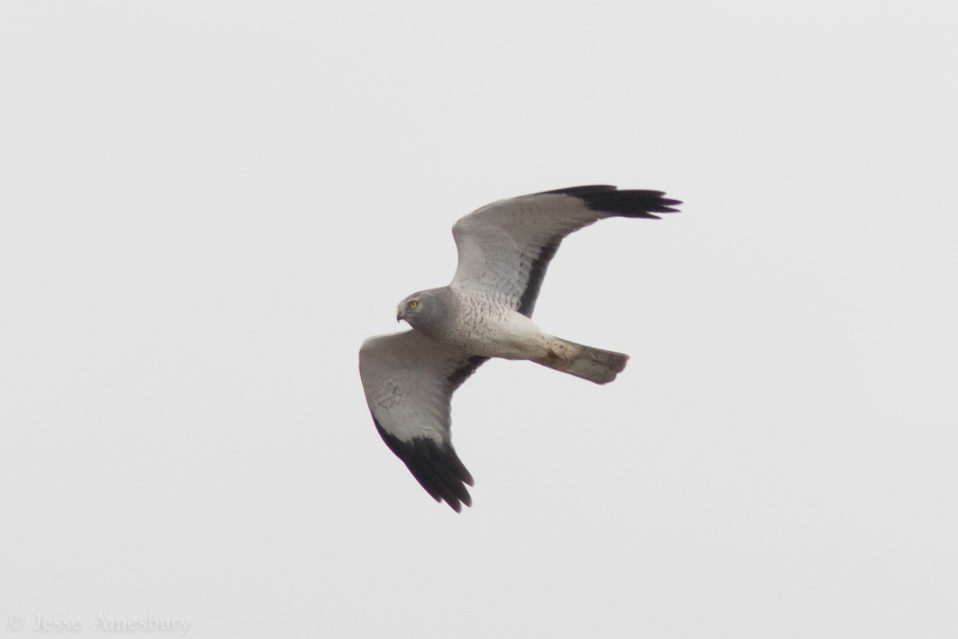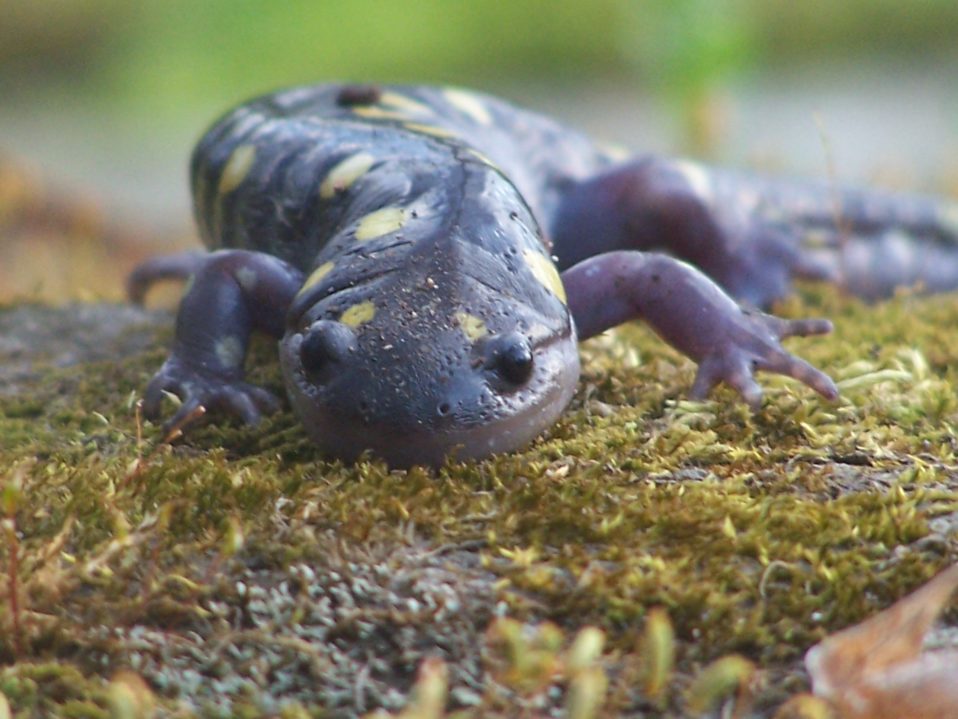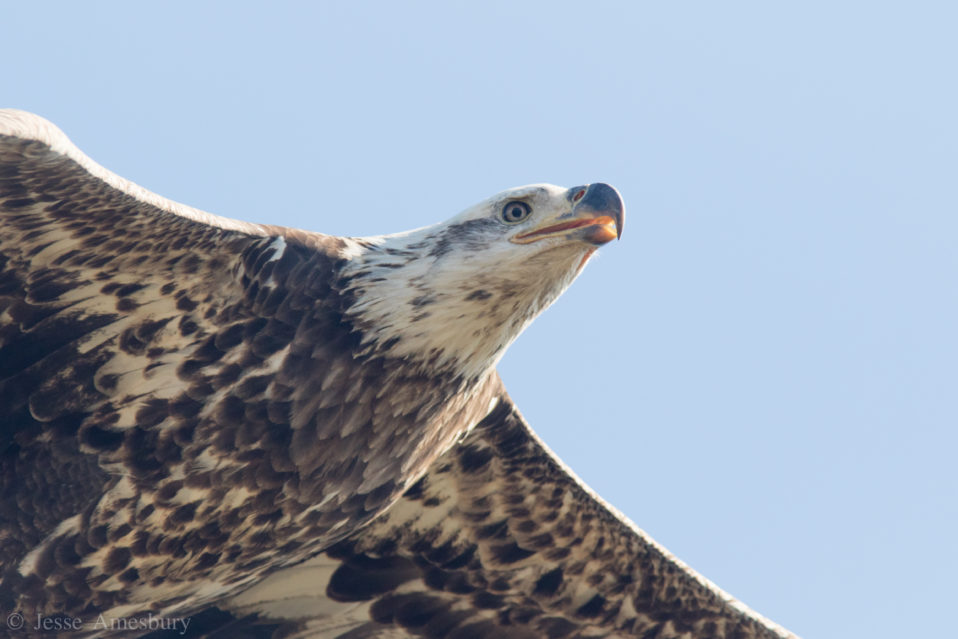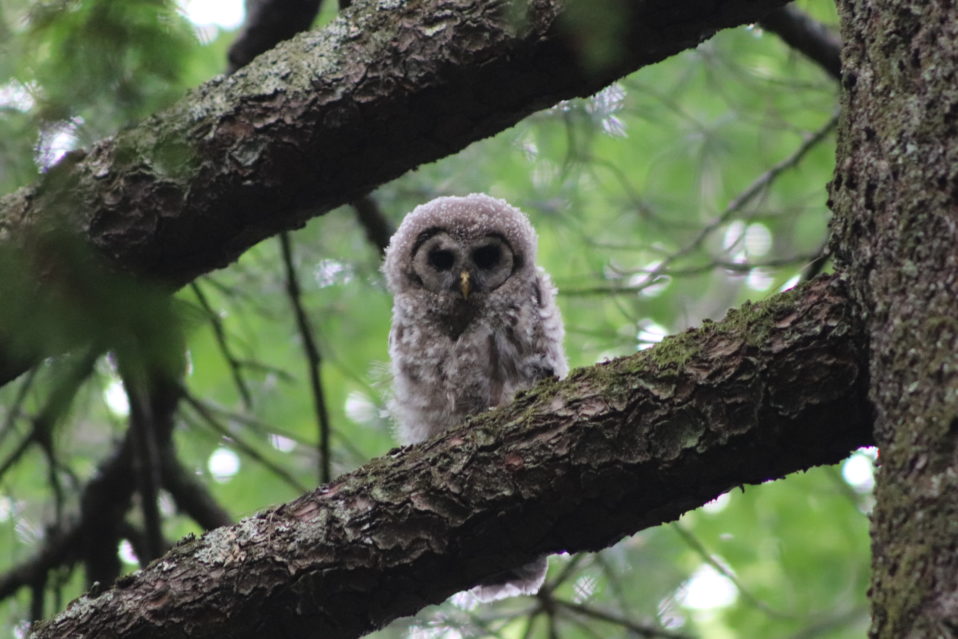In recent weeks, we discussed the concept of old growth forests and its application in New Jersey. We provided some examples from Davis (1993, 2003r) and recent observations and developments in those areas. We asked several questions. In this final installment, we attempt to tie it all together and speak…...
What Does “Old What Does “Old-Growth” Really Mean? It depends. Example 3, Bear Swamp (Installment 5 of 6)
In southwestern NJ, along the Delaware Bay, Davis (1993) described two areas of possible old-growth broadleaf swamp forests. According to Davis, Bear Swamp West is 100 acres of possible old growth forest containing some 400 to 500-year-old black gum, 300-year-old sweetgum, large red maples, and large sweetbay magnolia trees (of unknown…...
What Does “Old-Growth” Really Mean? It depends – Example 2 – Eastern Hemlock Forests of Northern NJ (Installment 4 of 6)
Another example of older forests in New Jersey that have suffered significantly due to lack of management are forests comprised of Eastern hemlock. Davis (1993, 2003) discussed that many of NJ’s historically old growth forest had been dominated by Eastern hemlock, which is a conifer species that can live up…...
Montclair Hawk Lookout Update: Nov 3rd – 30th, 2021
As is typical at Montclair, November was the slowest month this season, with the bulk of migrants composed of Turkey Vultures and Red-shouldered Hawks. The latter did not seem to accompany the former as they frequently did in October, but instead, often appeared to materialize suddenly out of thin air,…...
Cape May Hawkwatch Update: November 5th – 18th
Just like every hawkwatch in the northeastern US, the daily totals follow a bell curve throughout the fall season. They start out low in September and slowly increase until they peak in October and then slowly decrease throughout November. Unfortunately, the totals seem to be dropping rapidly during the first…...
What does “Old-Growth” really mean? It depends. (Installment 1 of 6)
We humans depend heavily on our visual senses and emotional responses. We frequently make decisions from our hearts, occasionally in defiance of data. We also tend to dislike environmental and other change. This human approach to decision-making is relevant to our definition and approach to stewarding “old-growth” forests. The notion…...




